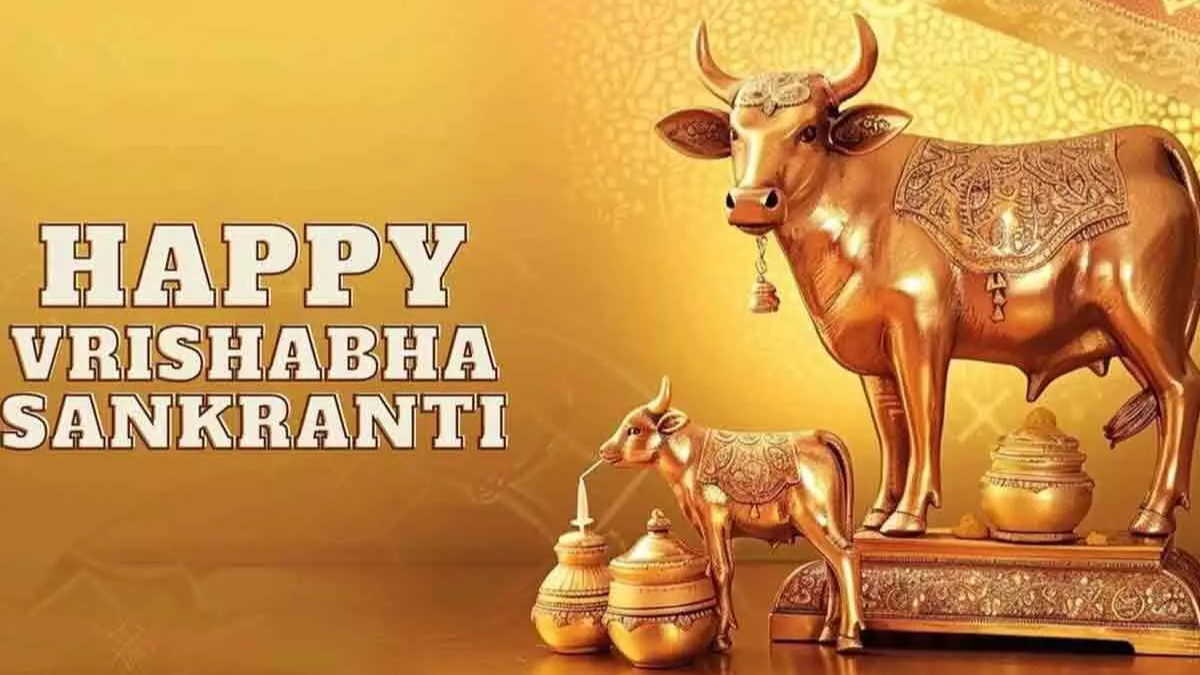As the sun transitions into the zodiac sign of Taurus, marking Vrishabha Sankranti, devotees prepare for a day of sacred observances. Revered as one of the most auspicious occasions, this day holds significance for its connection to the sun lord and the blessings it bestows upon devotees. With devotion and dedication, followers honor this annual event, adhering to cherished rituals and traditions. Here’s a glimpse into the essence of this special day:
Date and Auspicious Timing:
Vrishabha Sankranti for the year 2024 falls on May 14th. The Punya Kala commences at 10:50 AM, extending until 6:04 PM. The Maha Punya Kala, a highly auspicious period, spans from 3:49 PM to 6:04 PM.
Rituals:
Devotees rise early on Vrishabha Sankranti, immersing themselves in purifying rituals. Beginning with a ceremonial bath, they proceed to prepare a copper vessel adorned with water, red sandalwood, and vibrant flowers. Offering Arghya, a symbolic tribute to the sun god, is accompanied by the chanting of Surya Mantra. Recitations of Surya Chalisa and Aditya Hridaya Stotra follow, invoking divine blessings. Concluding the worship with aarti, devotees light ghee lamps and camphor, expressing reverence to the sun deity. It is believed that through these rituals, one can dispel negativity and invite prosperity into their lives.
Symbolism and Significance:
Vrishabha Sankranti marks the commencement of the solar month of Vrishabha (Taurus), signifying renewal and celestial transitions. Each Sankranti heralds the sun’s journey into a new zodiac sign, symbolizing cosmic harmony and auspicious beginnings. As devotees engage in acts of charity, such as donating to the needy and performing godan, the act of gifting cows, they honor the sanctity of this revered occasion.
